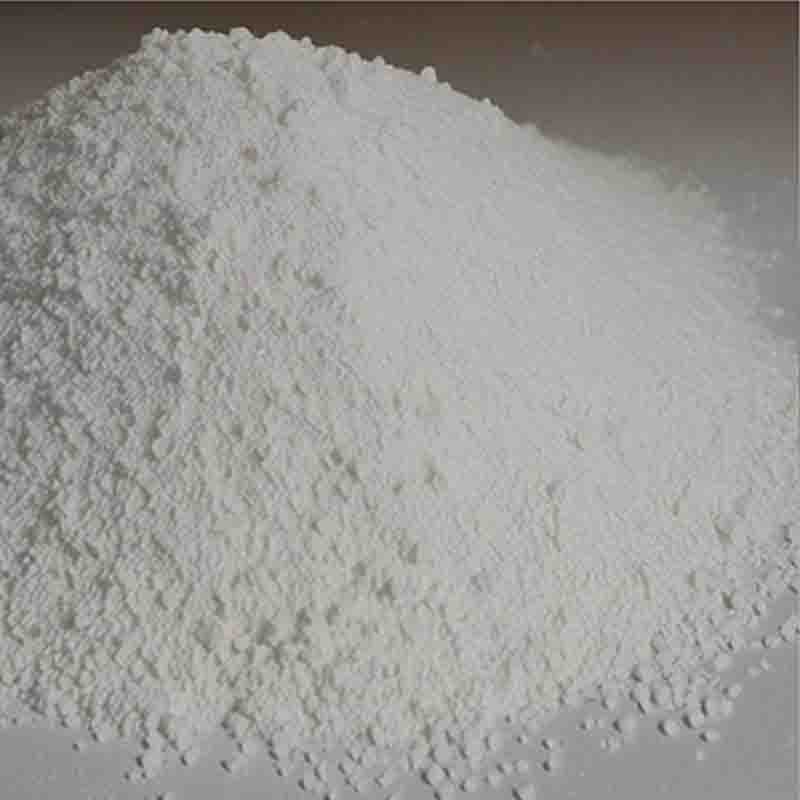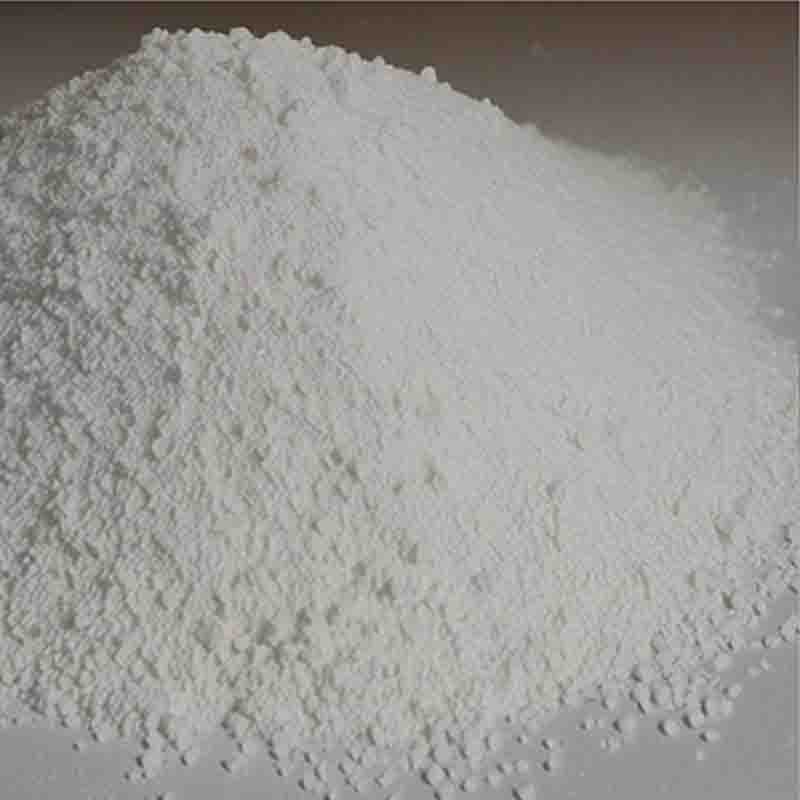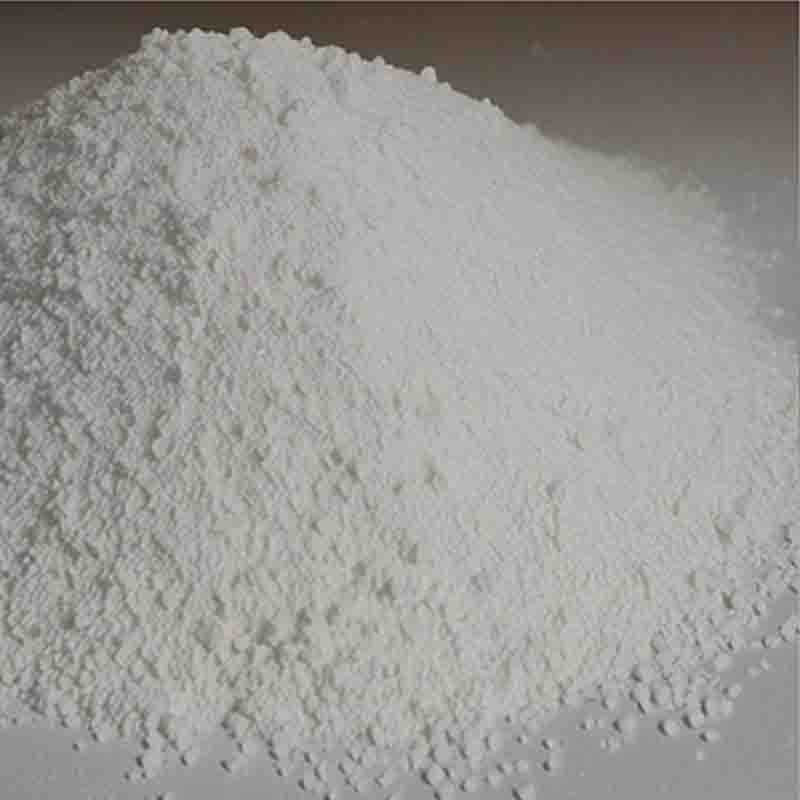3-Methylindole CAS:83-34-1
| Catalog Number | XD95492 |
| Product Name | 3-Methylindole |
| CAS | 83-34-1 |
| Molecular Formula | C9H9N |
| Molecular Weight | 131.17 |
| Storage Details | Ambient |
Product Specification
| Appearance | White powder |
| Assay | 99% min |
3-Methylindole, also known as skatole, is a chemical compound with a distinct odor and potential effects on various biological systems. In this 300-word explanation, we will discuss the effects and possible uses of 3-Methylindole.One of the most well-known effects of 3-Methylindole is its strong and unpleasant odor. It is often described as having a fecal-like scent and is found in animal excrements, such as feces. The presence of skatole in waste products can have significant implications in odor control and waste management systems. Understanding the chemistry and mechanisms of skatole formation and degradation can help in developing strategies to minimize or eliminate its odor.In addition to its odor-related effects, 3-Methylindole has been found to have possible biological activities. Some research suggests that it may have antibacterial and antimicrobial properties. Studies have shown that skatole can inhibit the growth of various bacteria and fungi, suggesting its potential use as an antimicrobial agent or as a natural preservative. Further investigation is needed to determine the mechanism of action and to explore its efficacy in different applications.Furthermore, 3-Methylindole has been implicated in certain physiological and pathological conditions. It is a natural component of mammalian metabolism and is found in the digestive tracts of humans and animals. Elevated levels of skatole in urine and feces have been associated with certain diseases, such as liver disease and colorectal cancer. Understanding the role of skatole in these conditions can potentially lead to new diagnostic or therapeutic approaches.Research has also shown that skatole can affect the behavior of animals. It has been found to act as a pheromone in some species, playing a role in communication and social interactions. In certain situations, skatole can act as an attractant or alarm signal for insects and other organisms. Its impact on animal behavior and ecology is a fascinating area of study, as it sheds light on the intricate interactions between organisms in different ecosystems.In conclusion, 3-Methylindole, or skatole, possesses effects and potential uses in odor control, antimicrobial applications, disease research, and animal behavior studies. Further research is needed to fully understand the mechanisms, applicability, and limitations of skatole in these areas. With continued investigation, this compound could contribute to developing odor control strategies, new antimicrobial agents, diagnostic tools, and further insights into animal behavior and ecological interactions.









